Description
Structural Characteristics
-
Rectangular cross – section: Made of rectangular spring steel wire, different from the traditional circular spring steel wire. This cross – section shape can provide a greater force in the same space, and can reduce stress concentration when compressed, improving the performance and service life of the spring.
-
Color coding: The standard stipulates the corresponding color coding for springs with different loads for easy identification and distinction. For example, there are usually light green (extra-light load), green (light load), blue (medium load), red (heavy load), yellow (extra – heavy load), etc.
Product Parameters
-
Outer diameter: The outer diameter of the spring, represented by dh
, is also known as the mounting hole diameter. -
Inner diameter: The diameter of the guide pin installed inside the spring, represented by do
, is also known as the guide pin diameter. -
Free length: The length of the spring when it is not subjected to external force, represented by Lo.
-
Spring stiffness: It represents the force required to produce a unit deformation of the spring, represented by r, with the unit of N/mm. It reflects the hardness of the spring. The greater the stiffness, the harder the spring, and the greater the force required to produce the same deformation.
-
Maximum working stroke: The maximum allowable compression of the spring under normal working conditions. Exceeding this stroke, the spring may be permanently deformed or fail.
Material and Manufacturing Process
-
Material: High – quality alloy spring steel, such as 55CrSi, 60Si2Cr, etc., is usually used. These materials have high strength, high toughness and good high – temperature resistance, which can ensure the stable performance of the spring during long – term use.
-
Manufacturing process: It goes through several precision manufacturing processes, including steel wire forming, heat treatment, over – compression treatment, surface treatment, etc. Among them, heat treatment can improve the strength and hardness of the spring; over – compression treatment can eliminate the internal stress of the spring and improve its stability; the surface treatment generally adopts electrophoretic painting or shot peening. Electrophoretic painting can make the paint surface of the product uniform and have stronger adhesion, while shot peening can improve the surface strength of the spring and prolong the fatigue life.
For more information, pls visit : Raleigh ISO 10243 Die Springs

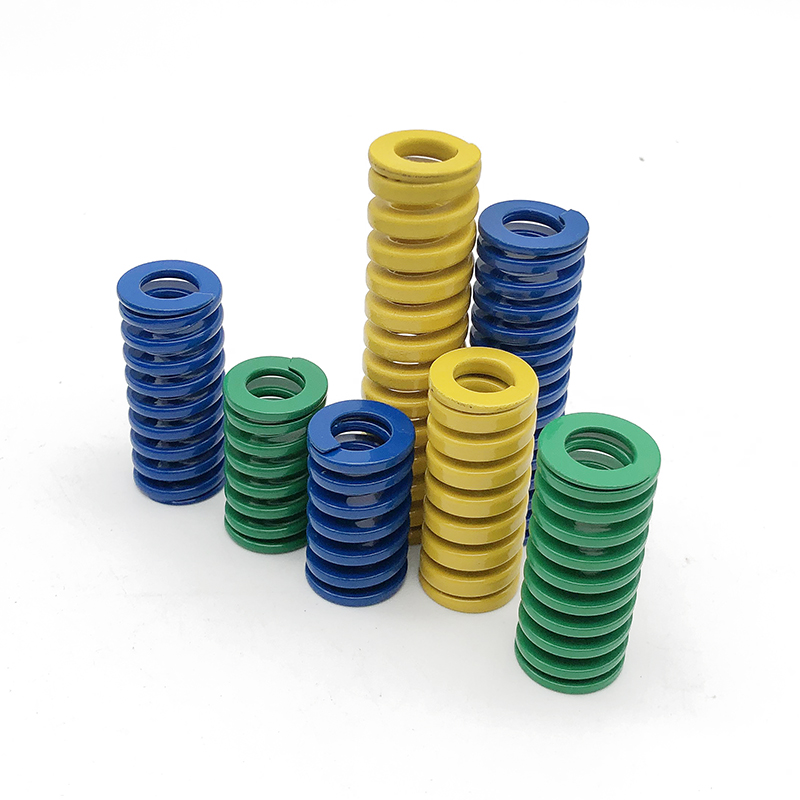
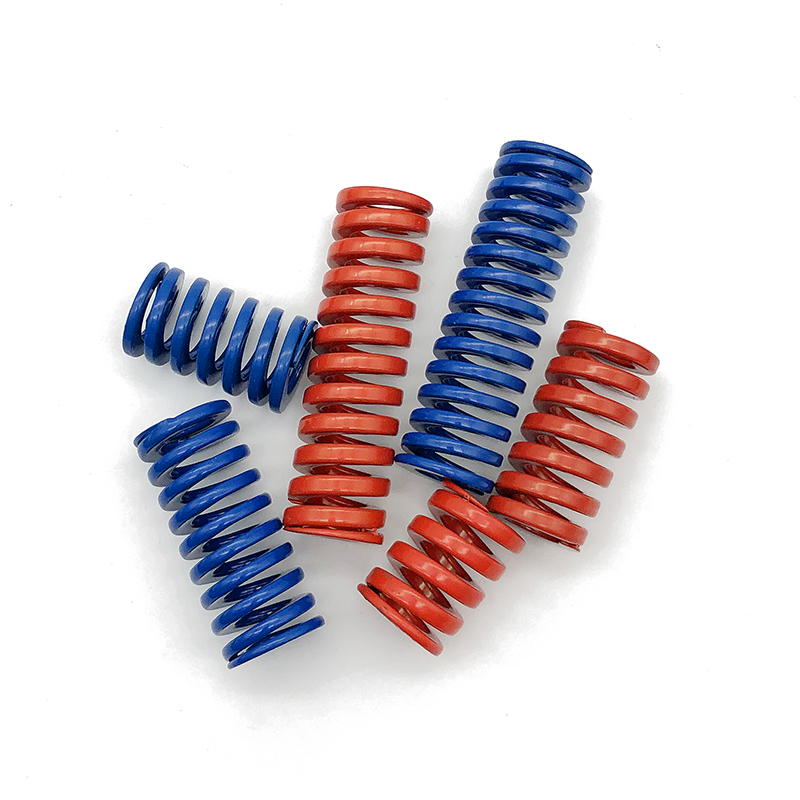
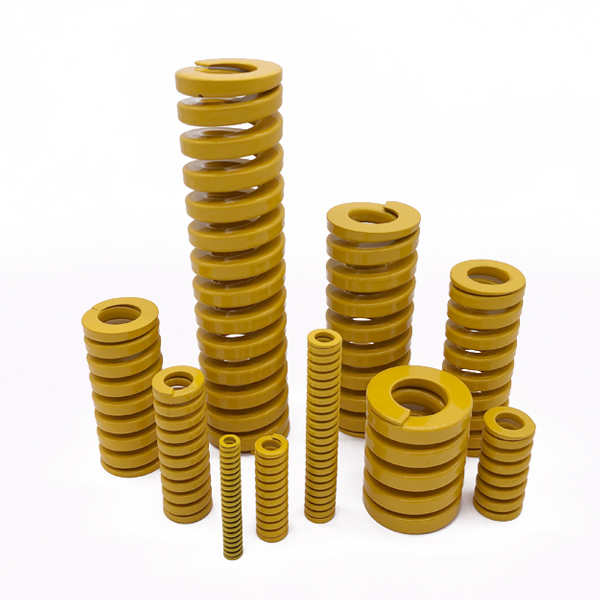
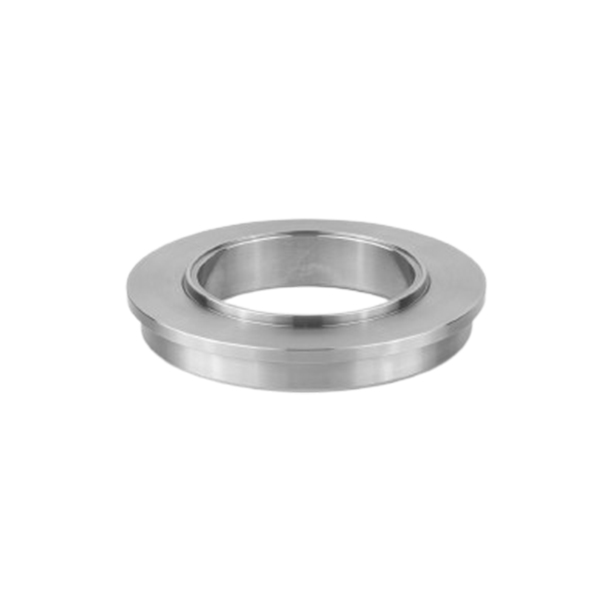
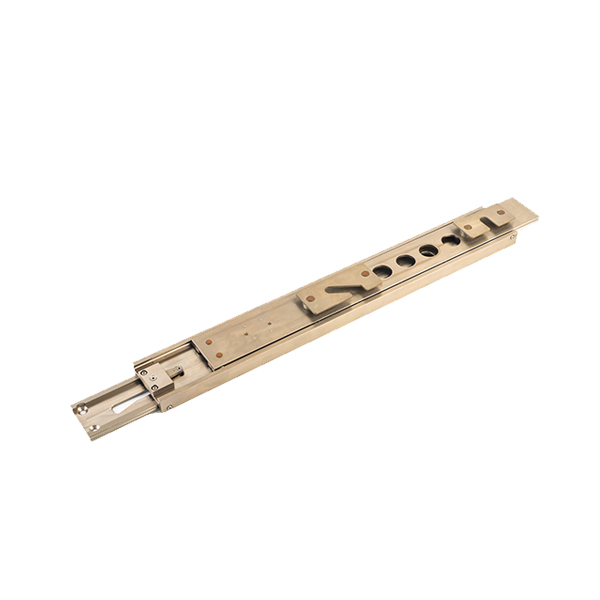
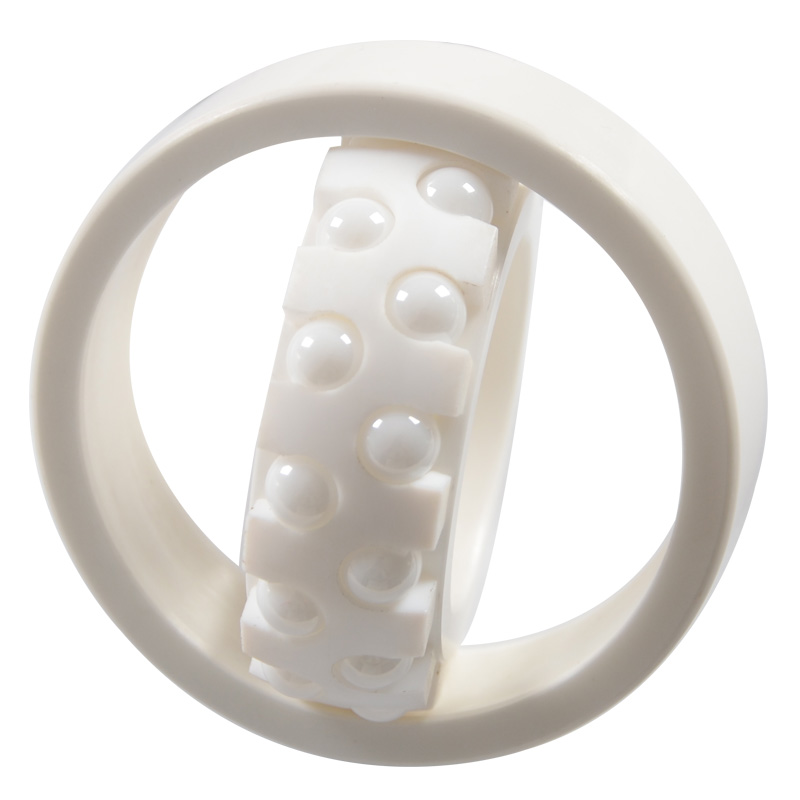
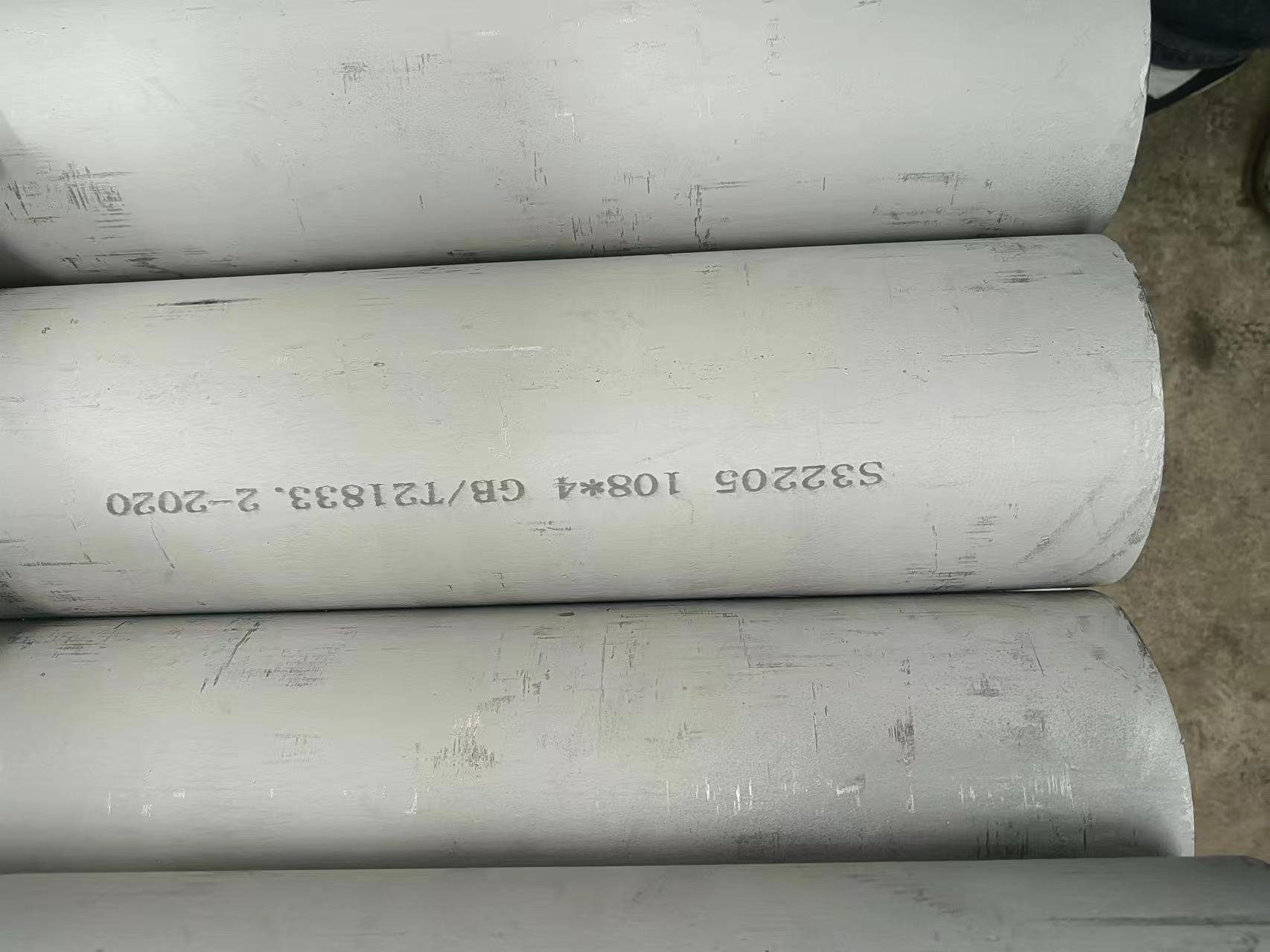
Reviews
There are no reviews yet.